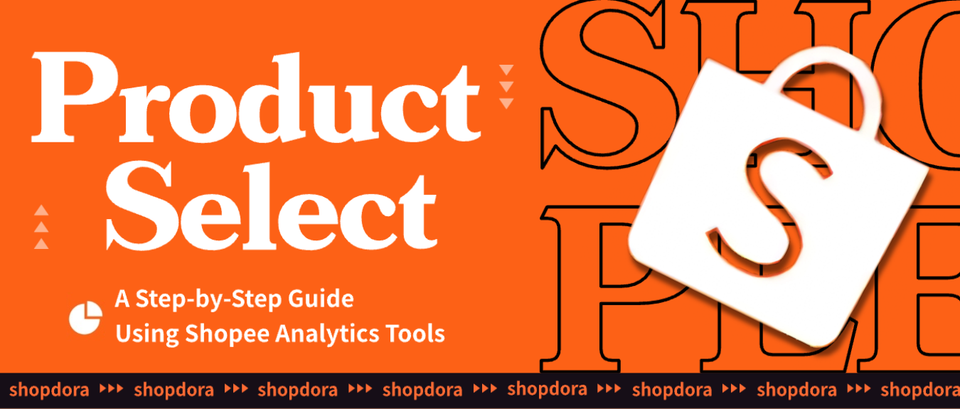How to Choose Winning Products on Shopee: A Step-by-Step Guide Using Shopee Analytics Tools

If you want to hit record sales on Shopee, the key isn’t luck — it’s product selection done the right way. In today’s data-driven eCommerce world, tools like Shopdora, one of the most powerful Shopee analytics tools, can help sellers identify profitable markets, spot emerging product opportunities, and reduce risk before investing in inventory.
In this post, I’ll walk you through a tried-and-tested Shopee product selection process — the same framework many successful sellers follow to consistently pick bestsellers.
1. Pick the Right Market (Category)
Before rushing into a product, always start from the market level. A good Shopee market (or category) usually shares these characteristics:
- Low competition and no clear monopoly
- Room for new products to enter
- Healthy profit margins
- Minimal after-sales issues
Here’s how to evaluate these factors more precisely:
① Competition Level
A non-saturated market gives new sellers breathing room. Look for:
- Average Ratings < 800
- Shop/Brand concentration < 60%


② Entry Opportunity for New Products
Markets where new items can still grow tend to perform best. Indicators include:
- New product Sold Proportion > 5%
- Average of New Products > 300

You can even customize what counts as “new” (within 1 month, 3 months, 6 months, or 1 year) in Shopdora, depending on your product cycle and strategy.

③ Profit Margin
Look for products in the $5–$20 price range, with gross margins above 50%. This allows room for platform fees, logistics costs, and promotions.
④ After-Sales Simplicity
A high average rating (above 4.0) usually means low return rates and fewer customer complaints — ideal for cross-border sellers.

Keep in mind: these benchmarks can be adjusted based on your experience level and operational strength as a seller.
2. Select the Right Product
Once you’ve narrowed down your category, it’s time to dig deeper and identify specific product opportunities.
Here are some recommended filters to guide your research:
- Monthly sales > 300
- Rating count < 200
- Product launch within 6 months
- Monthly Sold Growth > 5%

These filters help you discover products that are trending but not yet oversaturated — the sweet spot for scaling new listings.
3. Product Analysis: Evaluate Before You List
Choosing a product is only half the battle. The next step is analyzing its long-term potential and profitability.
① Check for Seasonality
Use keyword trend data to see if the product’s demand fluctuates throughout the year. Seasonal items can be profitable, but require proper timing and inventory planning.

② Analyze Keyword Data
Keyword research reveals how customers are actually searching for your products.
- How many related keywords exist?
- What’s the search volume like?

This step is where a Shopee keyword research tool really shines. It helps you optimize listings and ad campaigns around high-performing search terms to boost visibility and conversion rates.
③ Evaluate Profit Potential
Estimate your pricing and margin by factoring in your supplier costs, logistics, and marketing expenses.

A reliable Shopee data analysis tool like Shopdora can automatically calculate your expected profit margins — saving hours of manual work.
④ Review Analysis
Use AI-powered review analysis to extract insights about your target buyers — who they are, what they value, and where competitors fall short.


This helps you refine your differentiation strategy and improve your product positioning before launching.
Final Thoughts
Whether you’re a new Shopee seller or scaling your existing store, data-driven decision-making is what separates consistent winners from guess-and-test sellers.
By combining real market insights with powerful Shopee research tools like Shopdora, you can confidently:
- Identify categories with profit potential
- Spot early product trends
- Optimize listings based on actual shopper data
In short: stop guessing and start analyzing Shopee with the right tools. The data is already telling you where your next bestseller is — you just need to listen.
